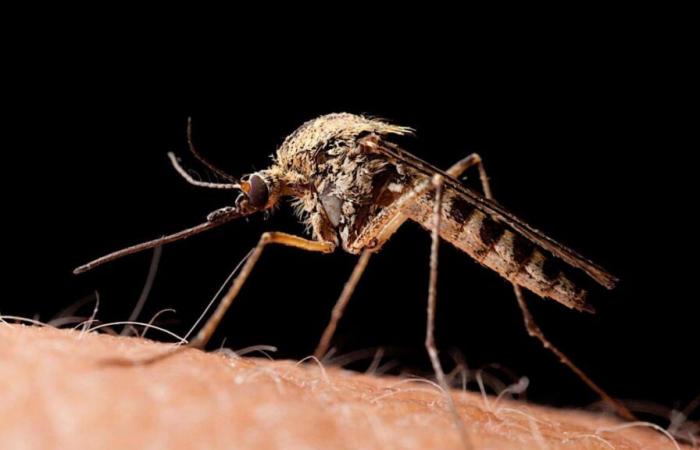Lhe health authorities thought they had almost gotten rid of it, but it slowly resurfaced. Nepal is worried about a resurgence of dengue fever on its territory, a consequence of climate change and urbanization.
The statistics speak for themselves. In 2004, the Himalayan country recorded only four cases of this virus which causes high fevers which are sometimes fatal.
Since the start of this year, more than 28,000 people have already been infected, 12 have died. And doctors believe that these figures are probably underestimated.
It is a fact, the mosquitoes carrying dengue fever have started to invade the high Nepalese valleys. Around twenty cases have been reported in the Solukhumbu district, that of the highest peak in the world, Mount Everest. “There shouldn’t be any at all,” notes local health official Suman Tiwari. “The most surprising thing is that even people who have never traveled have tested positive. »
More than 4,000 cases of dengue have also been reported in the capital Kathmandu alone, although located at an altitude of 1,400 meters. “Unfortunately, (the virus) moves geographically,” confirms the Dr Sher Bahadur Pun, from Sukraraj Hospital. “It was previously only observed in certain regions, it climbs in the mountains and the foothills of the Himalayas. »
In some districts, hospitals are now overflowing with dengue patients. “The number of cases is increasing exponentially”, specifies the Dr Pun. “With each epidemic, the number of infected people increases and I see more fatal cases. »
A global trend, according to the World Health Organization (WHO), which recorded more than 7,900 deaths and 12.3 million proven or reported cases in the first eight months of this year. Double that of the entire previous year.
For epidemiologists, the spread of the disease appears to be caused by changing temperatures and precipitation patterns, which allow Aedes aegypti mosquitoes to survive and breed at higher altitudes.






